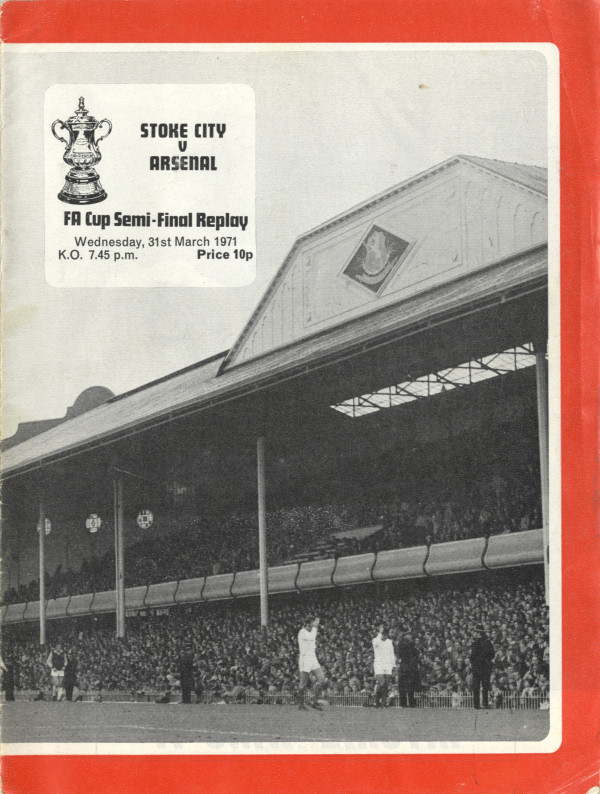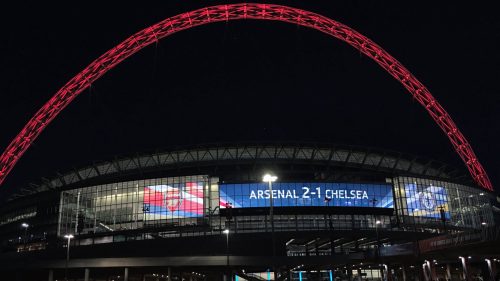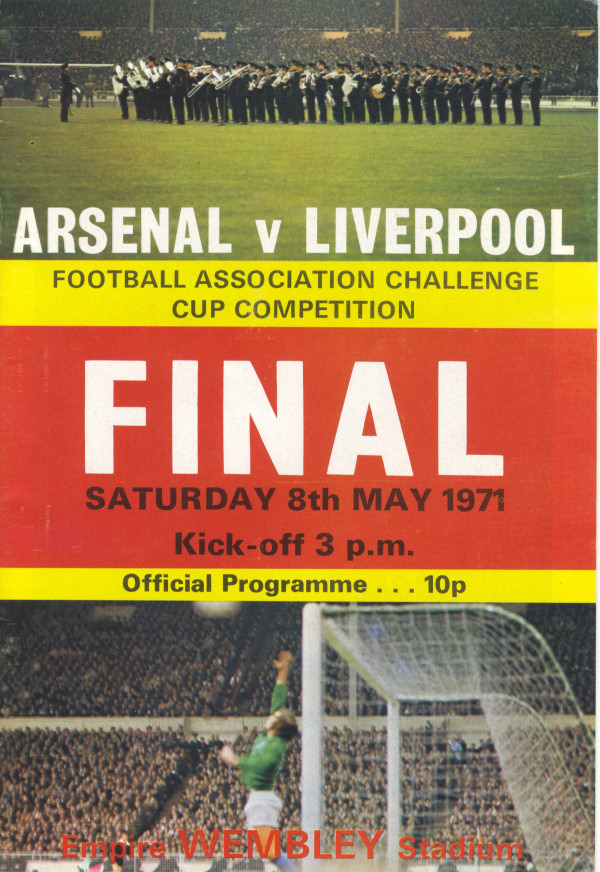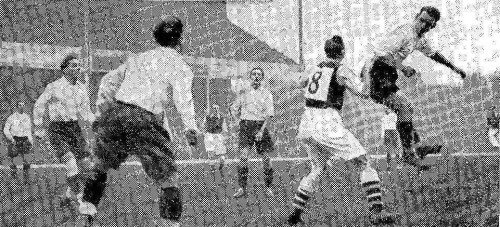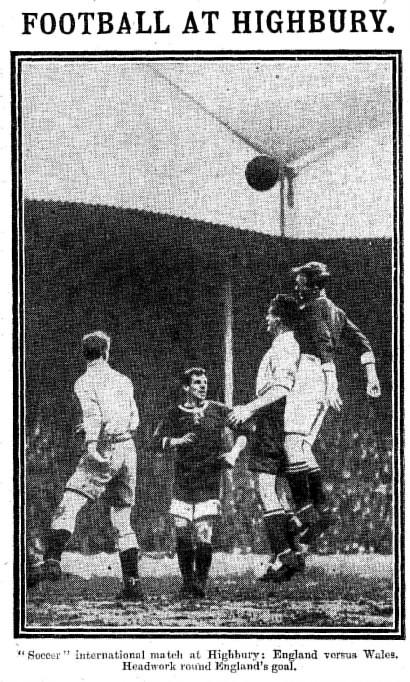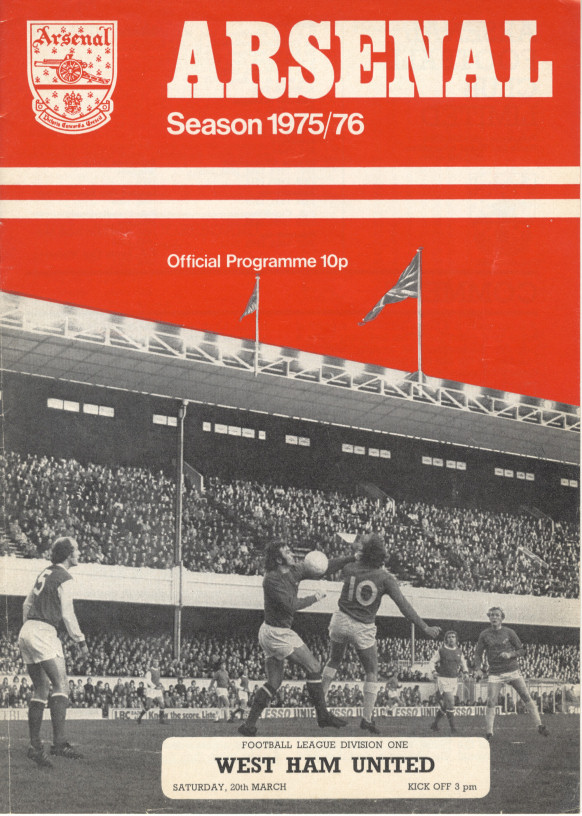Arsenal kit in each of the previous finals
By Mark Andrews – Stats updated to reflect 1 August 2020
As part of the run up to the FA Cup final we will be looking into various aspects of Arsenal’s rich history with the competition. Today we cover kits worn in finals, which is a yellow tinted updated version of last year’s article to take into account the recent announcement that we will be wearing our change kit
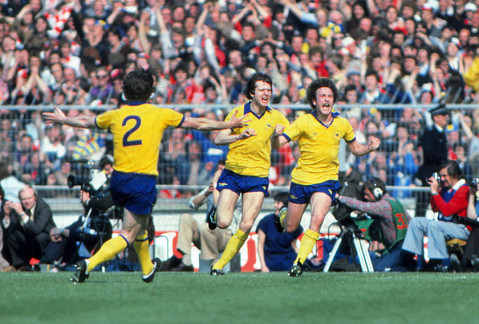
Pat Rice and Steve Walford try to catch Alan Sunderland in the final minute of the 1979 FA Cup Final

